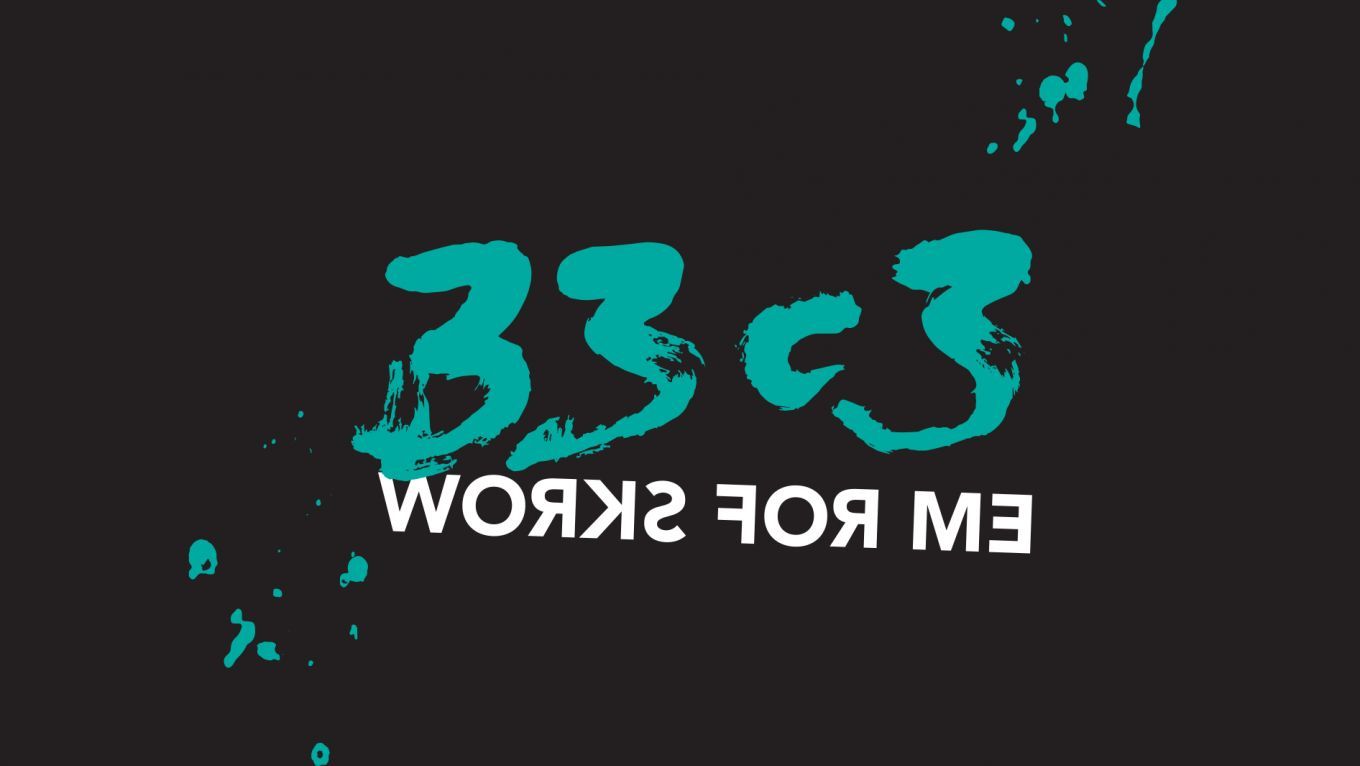Security
Everything you always wanted to know about Certificate Transparency
(but were afraid to ask)
Certificate transparency - what is it, and what can be done with it?
Certificate Transparency is the new kid on the block of TLS. Specified as RFC6962 it is designed to prevent fraudulently issued TLS certificates, and detect wrongdoing from Certificate Authorities.
This talk will present Certificate Transparency in full details. Beginning from the attacks it prevents, key players and threat models, we will dive into the public data that is readily available and present ideas how to enhance its ecosystem as a whole.
Additional information
| Type | lecture |
|---|---|
| Language | English |
More sessions
| 12/27/16 |
Hardware is often considered as an abstract layer that behaves correctly, just executing instructions and outputting a result. However, the internal state of the hardware leaks information about the programs that are executing. In this talk, we focus on how to extract information from the execution of simple x86 instructions that do not require any privileges. Beyond classical cache-based side-channel attacks, we demonstrate how to perform cache attacks without a single memory access, as well as ...
|
| 12/27/16 |
PHP-7 is a new version of the most prevalent server-side language in use today. Like previous version, this version is also vulnerable to memory corruptions. However, the language has gone through extensive changes and none of previous exploitation techniques are relevant. In this talk, we explore the new memory internals of the language from exploiters and vulnerability researchers point of view. We will explain newly found vulnerabilities in the 'unserialize' mechanism of the language and ...
|
| 12/27/16 |
Follow the steps taken to crack a conditional access and scrambling system used in millions of TV set-top-boxes across North America. From circuit board to chemical decapsulation, optical ROM extraction, glitching, and reverse engineering custom hardware cryptographic features. This talk describes the techniques used to breach the security of satellite and cable TV systems that have remained secure after 15+ years in use.
|
| 12/27/16 |
Heads is an open source custom firmware and OS configuration for laptops and servers that aims to provide slightly better physical security and protection for data on the system. Unlike Tails, which aims to be a stateless OS that leaves no trace on the computer of its presence, Heads is intended for the case where you need to store data and state on the computer. It targets specific models of commodity hardware and takes advantage of lessons learned from several years of vulnerability research. ...
|
| 12/27/16 |
We analyze the generation and management of WPA2 group keys. These keys protect broadcast and multicast Wi-Fi traffic. We discovered several issues and illustrate their importance by decrypting all group (and unicast) traffic of a typical Wi-Fi network.
|
| 12/27/16 |
We present DROWN, a novel cross-protocol attack on TLS that uses a server supporting SSLv2 as an oracle to decrypt modern TLS connections. Using Internet-wide scans, we find that 33% of all HTTPS servers are vulnerable to this protocol-level attack.
|
| 12/27/16 |
FinTechs increasingly cut the ground from under long-established banks’ feet. With a "Mobile First" strategy, many set their sights on bringing all financial tasks—checking the account balance, making transactions, arranging investments, and ordering an overdraft—on your smartphone. In a business area that was once entirely committed to security, Fintechs make a hip design and outstanding user experience their one and only priority. Even though this strategy is rewarded by rapidly ...
|

